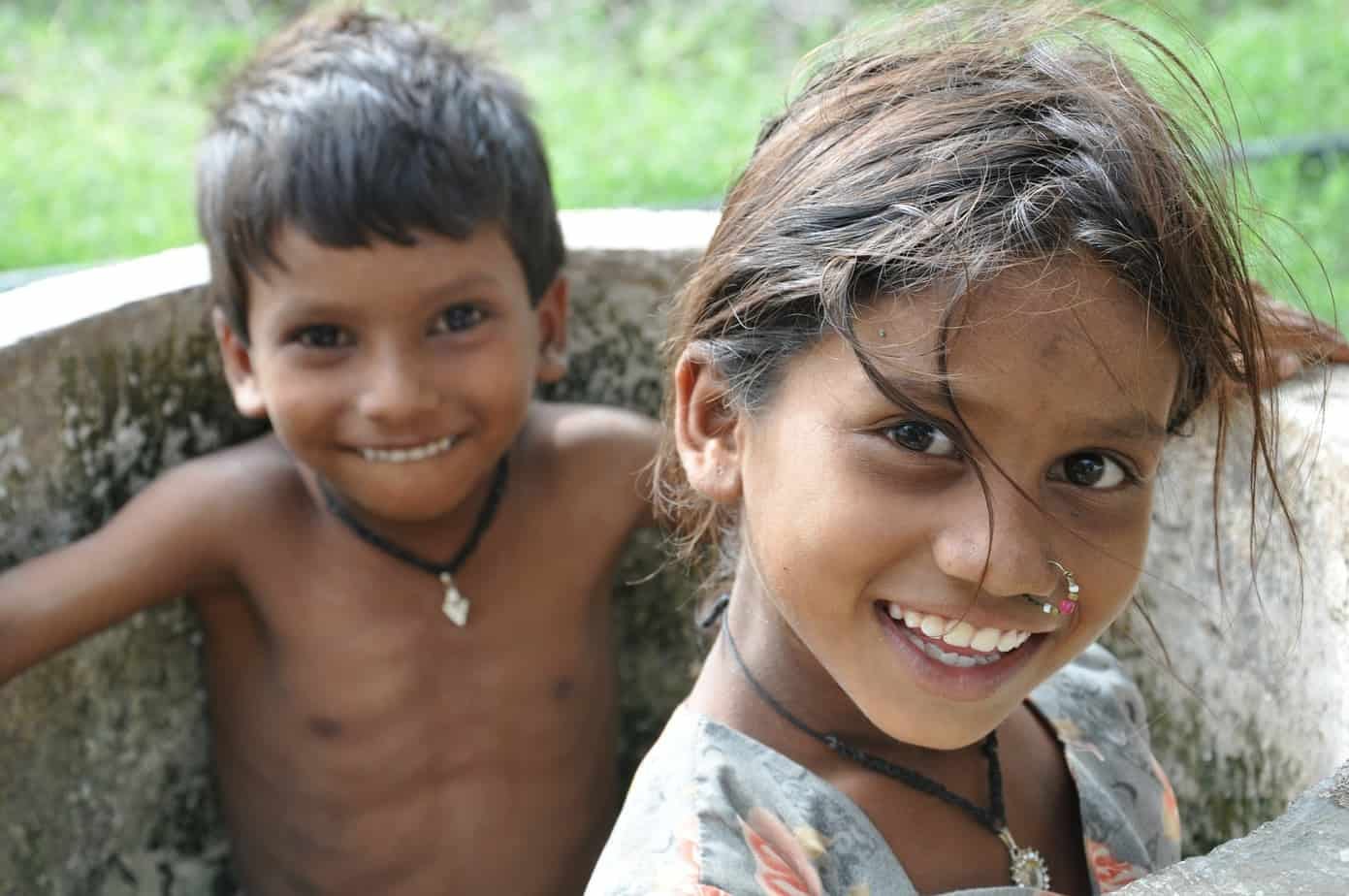How Swachh Bharat Mission Saved lives of 200,000 kids in just 2 years!

Swachh Bharat Mission of PM Modi has brought about measurable impact on the health of the nation. From close to a million deaths in 2015 amongst children in India, the fatalities have come down to 802,000 in 2017. Factors that have lowered the diarrhoeal deaths are Safe drinking water, an insistence on hand-washing, food safety, and the use of toilets to stop open defecation. And these have made a huge difference. Thus says the latest UN report.
Swachh Bharat Mission is amongst the many achievements of this Modi government.
Swachh Bharat Mission impact recognized
In what is yet another shot in the arm for the Swachh Bharat mission of PM Modi, UN lays down the credit at the feet of the Clean India campaign.
The introduction of six new vaccines, including pneumococcal vaccine against pneumonia and rotavirus vaccine against childhood diarrhoea, in the country’s universal immunisation programme has led to fewer deaths from common childhood infections, but what has helped accelerate the sharpest fall in India’s under-five mortality rate by four points in a single year— from 43 in 2015 to 39 deaths per 1,000 live births in 2016— is Swachh Bharat Mission, which promotes cleanliness and hygiene and aims to make India open-defecation free (ODF) by 2019.
459 out of 718 districts in India have been declared open-defecation free (ODF). This has been caused by building of 85.2 million toilets since 2014! Until now, the opposition and critics were indulging in rhetorical mud-slinging. Now, the UN report provides evidence.
The correlation between cleanliness from building toilets and decrease in diarrhea cases is high. Children living in ODF declared districts have much lower diarrhea cases as opposed to non-ODF districts, the survey which covered 10 districts across Karnataka, Maharashtra, Rajasthan, Uttar Pradesh, and West Bengal found. 9.3% of children in ODF districts had diarrhea versus 13.9% in non-ODF districts.
A district being ODF declared also had an impact on the health of women and mothers.
The study also found that 62.5% mothers in ODF districts had a healthy bodyweight (62.9%) compared to 57.5% in non-ODF areas. Infection was lower in homes with piped water in non-ODF districts, with 14.7% of cases of diarrhoea in homes that used piped water sources compared to 85.3% in homes that used “other sources” of drinking water, such as hand-pumps, boreholes, wells and springs.
With the first step in the campaign achieved, the next steps need to be to take this to the next level. Managing of waste.
“Building a campaign around sanitation by 2019, but improving coordination between the panchayat and health departments and establishing clear guidelines linked to data on sanitation and behavioural change outcomes will help ODF villages to take the next step to becoming ODF plus, which includes solid and liquid waste management, recycling, clean toilets and public spaces,” said Bhattacharya. Every dollar spent on sanitation leads to about US$ 9 in savings on treatment, health-care costs and gains from more productive days, according to the World Health Organisation, with inadequate sanitation leading to a 6.4% loss of India’s gross domestic product (GDP).
Impact on health via proper sanitation and health programs not just improves lives and reduces unwanted and unnecessary fatalities in kids but also impacts the economy in a big way. One dollar spent on sanitation leads to 9 dollar in savings on treatment and health care cost for the economy and society.
Conclusion
No amount of fake propaganda and falsehoods spread by haters can fight the actual facts. Unlike what the many Modi haters keep complaining, there is a definitive and measurable impact of the initiatives like Swachh Bharat Mission on the health of the nation’s poor.



